Interview with Ignatious Joseph
1April 14, 2013 by Ville Raivio
‘I have been a merchant all my life. I began my career assuring the comfort and satisfaction of an international clientele in the hotel and hospitality sector. Fourteen years ago, I decided to focus on gentlemen’s attire. Since then I have been producing my own shirt designs under the name Ign-Joseph. I attended school in Sri Lanka and then went on to Switzerland and Germany, where I took a degree in business administration. I have always considered my family a private matter. Of course I can say that I have been inspired by experiences from my childhood, and with the people to whom I am close. My mother was always very strict and insisted that I was properly dressed.
Products from Pukimo Raivio
 |  |
|---|---|
Cesare Attolini, light tweed jacket, size 50 EU
I grew up in the waning days of British Ceylon. Gentlemen didn’t pick tea; they just drank it — in comfort, of course. They played cricket and met during afternoons in their clubs. My father was a local official in the colonial government. We were surrounded by those who cultivated the British sartorial style, not that of Northern Europe, but the version developed in the more tropical regions of the empire. When I was growing up there was no such thing as „men’s fashion“. You know, much of European sartorial tradition originated in Central and Southern Asia. Britain only attained command of the world textile industry in the 19th century after subduing the craft-based industry of South Asia, mainly in her Indian empire. That was fine for an economy based upon machine production to satisfy a mass market without regard for quality.
I do not design or produce clothing for a mass market. My first priorities are quality fabrics and tailoring — that means 100% craftsmanship from the mill to the twill, so to speak. The classic cannot be created overnight. Rather, it is by nature the product of historical development in the craft itself. True classics embody history. Mere fashion doesn’t need any. I have always been a curious conversationalist. When I see something that interests me I want to know all about it. I read and travel a lot. Then there was my tenure in the international hospitality business. Probably I learned the most when I decided to produce in Italy. I went from company to company — almost all family-owned and operated— searching for the artisans and merchants capable of delivering what I imagined at the beginning as my ideal shirts. Even today I learn most from talking to customers and the artisans themselves.
I usually leave it to those who see me to describe my attire. I am not vain enough to talk about my own clothes. However, like any professional — and by that I mean someone who believes or professes what he or she does — I choose clothing according to my own sartorial convictions. I would not sell anything I could not conceivably wear myself. Of course, for some observers my style is eccentric. I confess that I dress “outside the orbit” of conventional mercantile attire. In that very literal sense I admit my eccentricity. But my philosophy of clothes — to borrow a term from a classic Scottish philosopher — is based on personal courage and integrity.
One cannot see inside the soul, but it is possible to act in ways that people recognise one’s beliefs and take them seriously. As I said already, I am not a politician, but an ordinary citizen. My clothes might be seen as a statement of modest daring, hard-earned self-confidence rather than reckless originality. And since a good cliché belongs to every interview, let me say my style combines discretion with the more colourful aspects of valour. My red shoes are the most recognisable expression of this ideal—and they are not made by any international, high-end fashion house.
Obviously, readers can only choose the stores that supply what they usually need or desire. When they decide to buy shirts, suits or accessories by Ign-Joseph, then they will have to turn to the selected, exclusive retailers that sell them — there is no online-shop. In my opinion there are two reasons to start a business — to make money or to satisfy a need, either one’s own or the needs of others. Of course, as a merchant I have to make money but that has never been my goal in life. Since my childhood I have been interested in fine dress. However, in a very warm climate like that of Sri Lanka there was always the contradiction between elaborate clothing and its practicality. In other words, how does one arrive at comfort and elegance without reaching a state of exhaustion along the way?
I believe it is fair to say that my shirts and the Spirit of Ign Joseph have been well-received precisely because they embody what I call “effortless elegance”. My customers are often amazed at the simplicity of the designs. The skills and finesse are embedded in the final product so that the quality is felt very personally. That is why there is no need for some flashy label or logo. My customers’ visible comfort is the best banner for the quality and style in each item.
Of course, as a traveller and someone with years in the hospitality trade, I truly enjoy fine cooking whether in country taverns or in metropolitan restaurants. Europe has so much to offer for someone like me who is selling from Norway to Naples or from Bristol to Budapest. When I return to Asia on business or vacation, I enjoy wandering through the extended kitchen, the amazing Asian cuisines with which I grew up. Like my father, I have always had a passion for politics and cricket. But, you know, a civil servant does not see politics like a politician. I learned to enjoy conversation and follow world events while doing my own work. Cricket is another story. I followed it on the radio and played passionately at school in Sri Lanka. Today, I still follow international test cricket and when I have the chance I am quite keen to put on my flannels and step up to the crease.
[As for tips] I tried to answer the question in what might be considered an oblique way. A month or two ago I was asked a similar question and I replied, “there is no self from the shelf”. Style is an expression of a person’s self-knowledge. It is really hard to get to know oneself without history, without communication with other people — both in one’s own culture and in those cultures one initially experiences as foreign. The basic problem for youth has always been; how does one establish the qualities necessary to grow, when one leaves the mother’s care? Where do they get their examples?
A whole generation of men were influenced by the eccentricities of Agnelli. Today the connections between generations — although people live longer than at any other time in history — are weaker than ever. This is because our culture is obsessed with youth as if it were the only stage in life. Young people echo each other because there is no one to whom they have learned to listen — never mind the electronic obstacles placed in their way.
So, given a world in which youth are trapped in a clothing culture which, like the rest of the culture, never ages and never matures, it is very difficult to find sources of imitation for later in life. Yet you did not ask me to just explain the problem. You want me to at least hint at answers.
I think that there is something positive when young people start to ask where their clothes originate and who made them. There are far too many famous names which attract young buyers with what are really poor quality clothing items for very high prices. They have turned high price and marketed exclusivity (rather than genuine rarity) into a fetish — regardless of product quality.
Someone who has spent well over a hundred euros or dollars for two or three tee shirts with brand names pasted on them, could easily buy a properly made shirt with high quality fabric, made by somebody who is earning a living at his craft. This has nothing to do with the amount of money one has. However, it has everything to do with genuine interest in quality and those who produce it. I think the beginning of any search for a suitable aesthetic and sartorial taste begins with curiosity and consciousness. If a young person wants to learn about style, he or she has to start forensically, so to speak.
If I see something I think I want to wear, I try to find out as much about the article as I can, including talking to tailors or even those who sell the item. My primary interest is not who else wears this but whether it fits me. It is tempting to confuse these two points of view. If I wear a pair of shoes made by a real shoemaker, those shoes acquire the form of my foot — they fit me. If they are welted, then I can have them repaired and keep them with me for many years — they are really my shoes for my feet. If I want to walk in style, there is no substitute for experience, indeed trial and error, too.
Those who like to read will find books which discuss taste and craftsmanship. The facts are out there if one wants to know them. We have to talk to others, too. Ultimately, because style is cultural, it cannot be isolated from the rest of the world in which we live. Young people cannot rush in to buy a style. They can, however, look at the basics of men’s clothing and decide what fundamental qualities are important. The rest will come with life and maturity itself.’
Pictures: © Ignatious Joseph
Category Interviews, Men of style, Tradesmen | Tags:

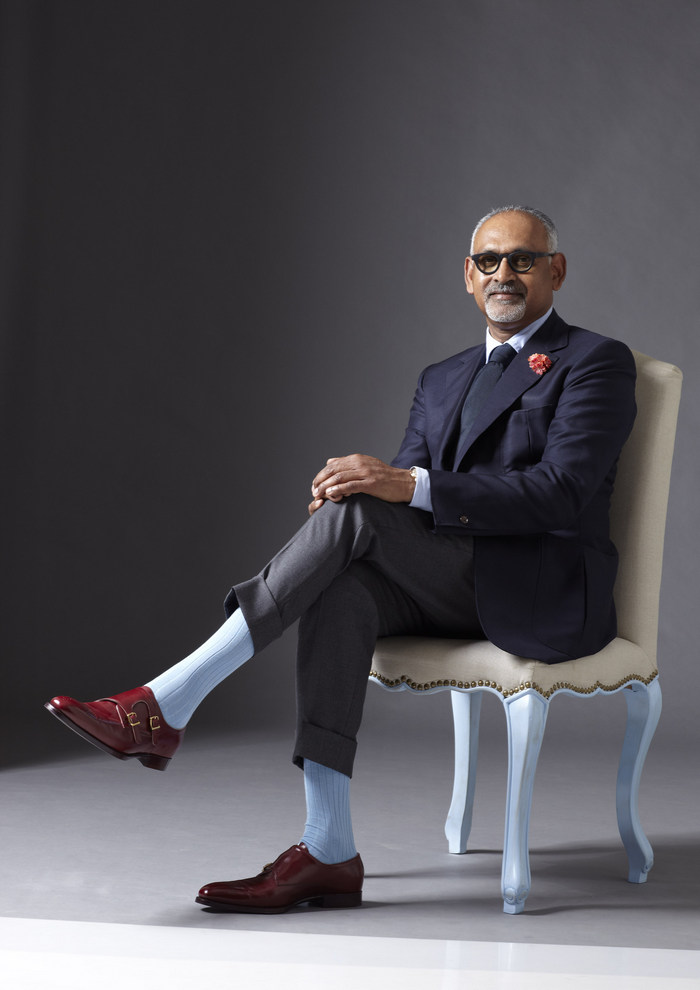

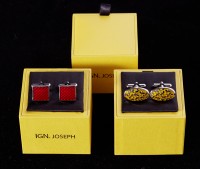
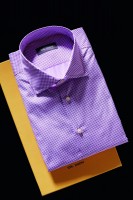
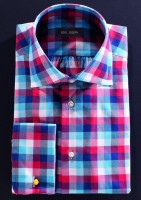
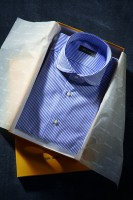

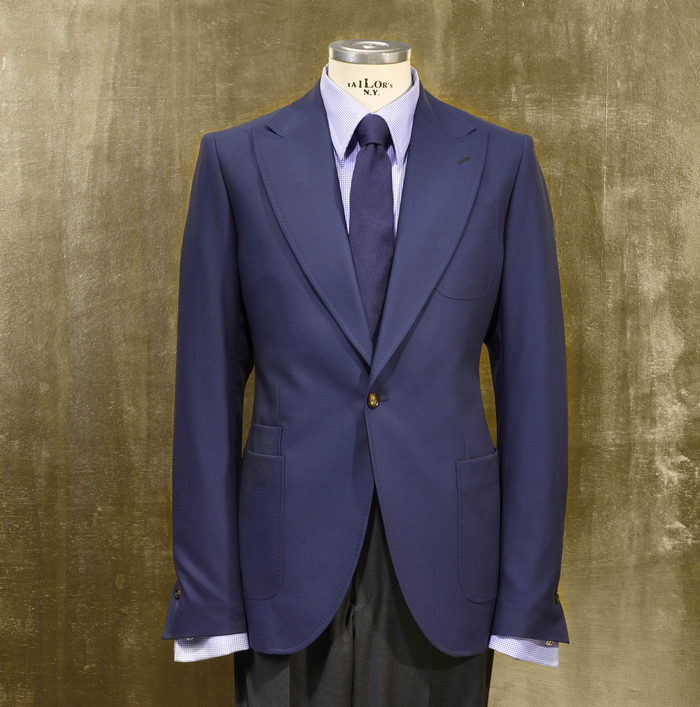
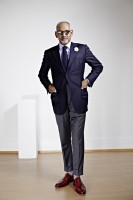
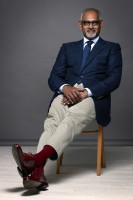
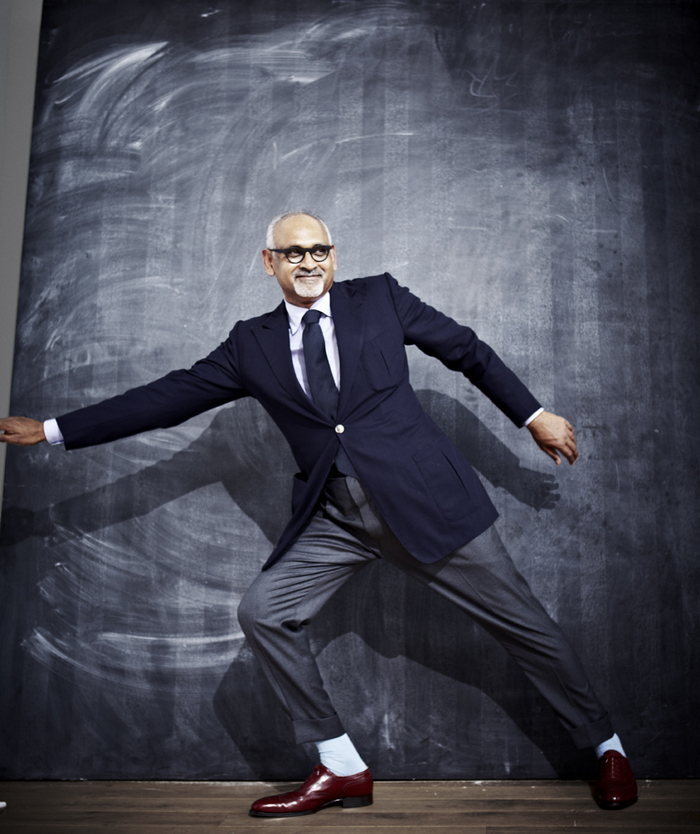
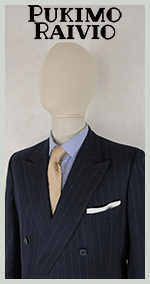

Congratulations to a great article about Ignatious!
Hope all is well and hopefulle, we will see each other again at next Pitti.
All the best,
Jonas Ericsson